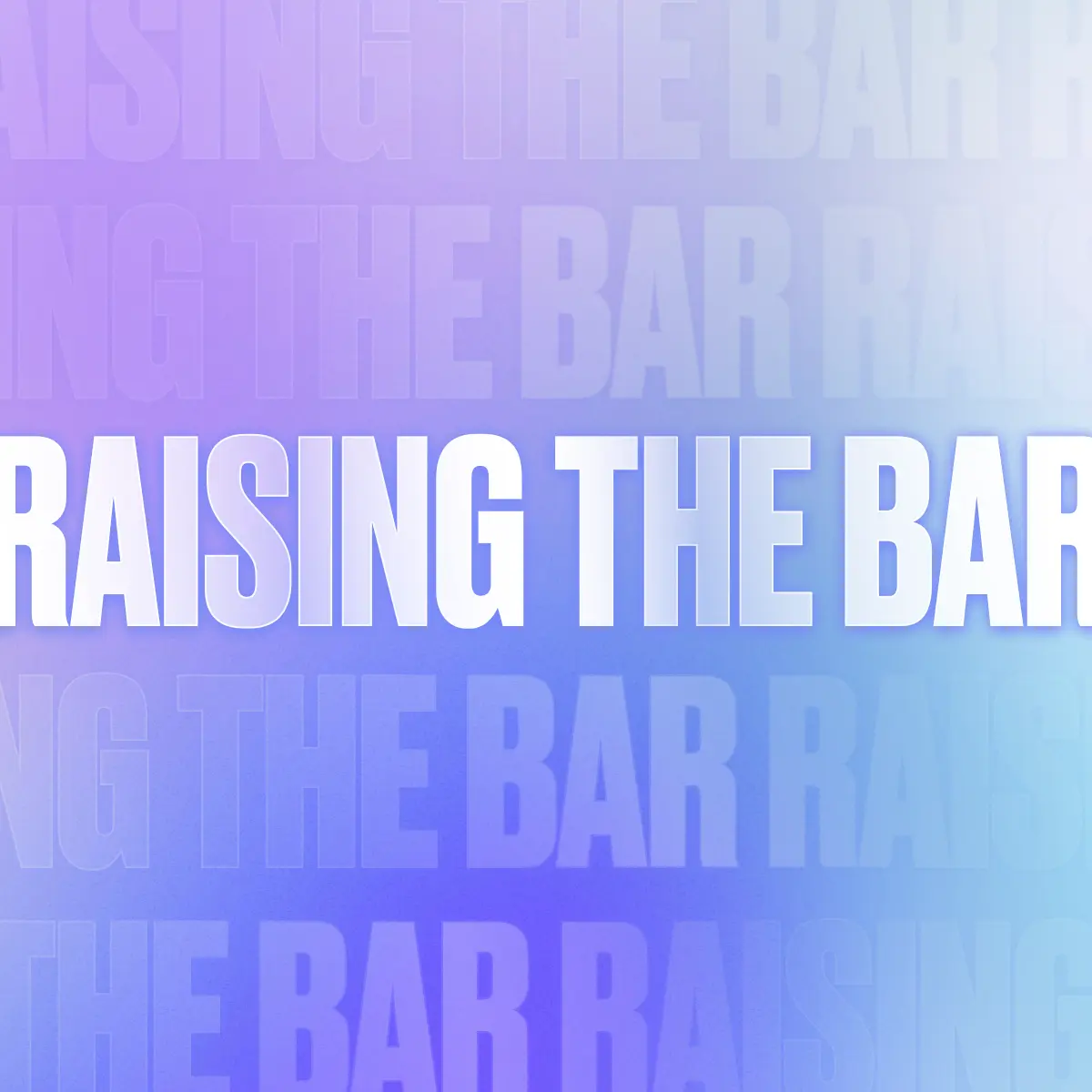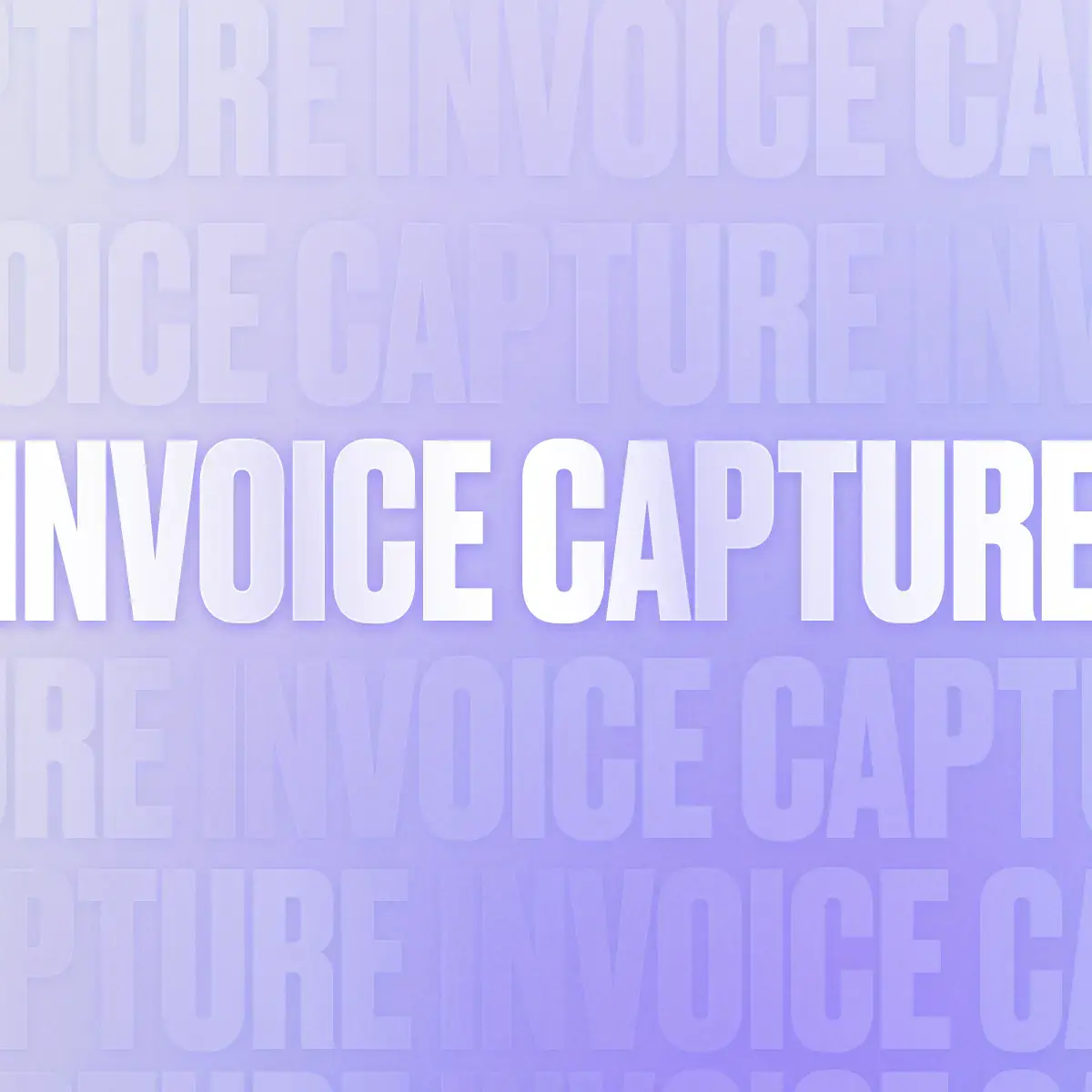There is such a thing as “suffering from success.” As you watch your business grow and glow, the shine might expose cracks in the foundation that you simply cannot ignore.
Today, we’re talking about payment operations. Whether that means paying contractors, vendors, or international partners, scaling from 100 to 10,000 monthly payments changes everything. It’s the moment when spreadsheets stop being helpful and start becoming harmful.
Thankfully, the solution to this problem isn’t complicated. It’s about recognizing when your team needs help and taking action before things spiral out of control. This guide will walk you through the warning signs that your payment process needs an upgrade.
Looking for a broader perspective on global payout operations?
Download our Payout Platform Buyer’s Guide to cut through complexity with a clear, practical playbook—covering everything from evaluating platform capabilities to aligning cross-functional teams and avoiding compliance pitfalls.
What we cover
What does it mean to scale your finance operations?
Scaling finance operations means changing your modus operandi from manual, reactive processes to automated, proactive systems. It’s about building processes that can handle ten times the volume without requiring ten times the effort. In practice, top finance leaders emphasize three guiding principles for scalable operations: start with a strong foundation, embrace automation, and break down silos between teams.
Say you sell car parts online. When you started a few years ago, you worked with five suppliers. Each month, you’d spend an hour processing bank transfers. You knew each vendor by name. Payment day was simple: just you, a spreadsheet, and your online banking portal.
Fast forward to today. You’re working with 150 suppliers across 15 countries. Your customer base has exploded. Orders pour in around the clock. Success feels great, but something’s not quite right in the finance department.
Think about how other parts of your business evolved during this growth. You probably upgraded from a garage to a proper warehouse. Maybe you switched from basic postal service to a sophisticated shipping network. You hired specialized staff. You invested in better inventory management software.
These changes represent scaling, adapting your operations to handle growth efficiently. When you apply this same thinking to your finance operations, you’re scaling your payment processes. Just as you wouldn’t try to run a 500-supplier operation from your garage, you can’t manage thousands of international payments with the same tools you used when you were small.
8 Signs you’ve outgrown your payment process
Growing businesses face many challenges, and you need to pick your battles wisely. Forbes Finance Council experts warn that clinging to outdated financial tools and processes will eventually hinder productivity and growth. If you recognize yourself in any of the following scenarios, it’s a strong signal that it might be time to consider a change.
1. You are experiencing delays
Here’s a sobering fact: 72% of finance teams spend up to 10 hours per week on accounts payable tasks. The problem is that payment processing isn’t the only responsibility on their plate. Your finance team also manages budgets, creates forecasts, and handles strategic planning. When payment tasks eat up most of their time, everything else gets pushed back. Reports arrive late. Strategic decisions sit on hold while your team drowns in payment details.
But time delays aren’t the only problem. Cash flow is the lifeblood of any business. When payments take days or weeks to process, it creates a ripple effect throughout your entire operation. Your supplier in Germany has been waiting three weeks for payment. They put your account on hold. Suddenly, you can’t order the parts you need. Your customers start asking why items are out of stock. Your reputation takes a hit.
The same problem works in reverse. When payments from your customers arrive late to your bank account, you can’t pay your own bills on time. You miss opportunities, can’t invest in that new equipment, or hire that key employee. The cycle becomes self-perpetuating… delays cause more delays, and suddenly, you’re always playing catch-up.
2. Your staff is burning out
When your best people spend their days on mind-numbing manual tasks, morale plummets. They didn’t sign up to be data entry clerks; they wanted to be financial strategists, problem solvers, and business partners. Instead, they’re stuck in spreadsheet purgatory. It’s no surprise that in one survey, 42% of finance and accounting professionals cited heavy workloads and 36% pointed to time-consuming manual tasks as major contributors to burnout.
This burnout doesn’t just affect the finance team. When your financial experts are too tired to think strategically, the whole company suffers. Errors increase. Innovation stops. Your competitive edge dulls. Worse yet, your top talent starts updating their résumés.
Smart companies retain top talent by giving them the tools they need to not only survive but thrive. When you free your team from manual drudgery, they can focus on work that actually moves the business forward. They can analyze spending patterns, negotiate better vendor terms, and identify cost-saving opportunities. That’s how you turn your finance team from a cost center into a profit driver.
3. You are losing too much to currency exchange
Let’s do some quick math.
- Your current payment platform (or bank) charges a 3% currency conversion fee.
- On a $1,000 international payment, that’s $30.
- Multiply that by 200 international payments per month.
- Now you’re looking at $6,000 per month (or $72,000 annually) disappearing into exchange fees.
That’s a full-time employee’s salary. It’s a new delivery truck. It’s your marketing budget for the quarter.
Conversion fees and assorted bank charges all add up. By consolidating your international payments through the right system, you can cut these costs dramatically. That money flows straight to your bottom line.
4. You are finding more manual errors
One of the telltale signs of a poor payment process is the frequency of mistakes. When your team manually enters hundreds of payment details each week, errors become inevitable. A tired employee misreads a number. A decimal point shifts one place to the right. Suddenly, a $100 payment becomes $1,000. As Brex notes, manual payment workflows inevitably lead to costly errors, from misplaced decimal points to duplicate payments, that then require extra time and effort to fix.
These aren’t just embarrassing mishaps; they’re expensive ones that damage relationships and create hours of cleanup work. The more your business grows, the more these errors multiply. What started as an occasional mistake becomes a weekly crisis. In rare cases, payment errors can even result in legal issues. Send a payment to the wrong account in certain jurisdictions, and you might not get that money back. If you fail to pay international contractors correctly, you could face compliance penalties.
5. You have too many different programs
Does your software stack look like a technology yard sale? You use one system for domestic ACH transfers. Another for international wires. A third platform for contractor payments. Don’t forget the separate tool for expense reimbursements. Oh, and that special portal just for your Canadian suppliers.
Each platform has its own login credentials, its own approval workflows, its own reporting format. Your team wastes hours every day just switching between systems, trying to remember which password goes where. Even worse, these tools rarely talk to each other. You manually export data from one system and import it into another. You create elaborate spreadsheets to track payments across platforms. Reconciliation becomes a nightmare of cross-referencing and manual matching.
This fragmentation creates dangerous blind spots. When your payment data lives in five different systems, you can’t see the full picture. You might be paying the same invoice twice because it went through different platforms. You might miss suspicious patterns that would be obvious if all your data lived in one place.
This kind of tool sprawl, a patchwork of point solutions, creates inefficiencies and unnecessary costs, especially if you have high staff turnover or rapid growth. It pays to find a solution that can do as many functions as possible in one platform.
6. You are lacking security
Many growing businesses still rely on security measures designed for a simpler time: sharing banking credentials among team members, emailing spreadsheets full of payment details, or using the same approval process for $50 payments as for $50,000 payments.
These practices are disasters waiting to happen at scale. One compromised email account could expose hundreds of supplier banking details. In fact, relying on outdated manual payment methods poses serious fraud and compliance risks as you grow. Modern payment platforms include security features like multi-factor authentication, role-based access controls, and detailed audit trails to protect your financial data.
7. Your recipients are complaining
Many companies forget that payment processing has two sides. If your international contractors complain about high receiving fees because they lose 5% of every payment to their bank’s incoming wire charges, something must change. Or perhaps your payment timing causes problems, and international vendors wait days for funds to clear. (For example, traditional SWIFT wire payments often take 2–5 days in transit and may arrive with unpredictable deductions due to intermediary fees and FX fluctuations.)
Then there’s the information problem. Your current system might send bare-bones payment notifications, just an amount and a date. Recipients can’t tell which invoices you’re paying. They spend hours matching payments to invoices, mirroring your own reconciliation nightmares. Don’t wait for your partners to stop working with you because you can’t provide proper payment details.
8. You aren’t automating
“Automation” might be the buzzword of the decade, and you might be tired of hearing about it. But in the modern business world, global payment automation is crucial for survival. If you’re still manually downloading invoices, entering payment details, and uploading bank files, you’re fighting with one hand tied behind your back. Automated systems can extract invoice data, match it to purchase orders, route it for approval, and schedule payments, all without human intervention. Most importantly, automated workflows scale effortlessly. Processing 10,000 payments takes the same effort as processing 100. In short, easily automated processes provide the most value as your operations grow, whereas manual methods simply can’t keep up.
How to upgrade your payment operations
If you found yourself nodding in agreement to one or more of the above signs, don’t worry. You’re not alone, and more importantly, there’s a clear path forward. Upgrading your payment operations doesn’t have to be overwhelming or disruptive to your business.
The key is taking a systematic approach that addresses your specific pain points while setting you up for future growth.
Start with the foundations
Before you shop for solutions, understand your current situation. Map out your existing payment processes from start to finish. This exercise often reveals inefficiencies and hidden bottlenecks.
Next, think about where you’re headed. If your business doubles in the next year, what breaks first? Build your new payment infrastructure for the company you’re becoming, not the company you are today. In other words, don’t try to scale a broken or inefficient process. Scaling a process that is already flawed will only lead to bigger problems. Shore up your foundation first.
Find the right platform
This is where Trolley enters the picture. As an all-in-one solution for payments, invoicing, reporting, and tax compliance, Trolley addresses every pain point we’ve discussed. Instead of juggling multiple systems, you get a single platform that handles domestic and international payments, supports multiple currencies, and integrates with your existing tools.
Trolley’s platform can automate international payouts and your entire payment workflow. Upload a batch of invoices, and the system handles the rest. Your recipients get detailed remittances, your team gets real-time visibility, and everyone saves hours of manual work.
Create an integration strategy
Your payment platform shouldn’t exist in isolation. It needs to connect seamlessly with your accounting software, ERP system, and other business tools.
Good integration means data flows automatically between systems, eliminating manual exports and imports. When tools aren’t integrated, finance teams often end up re-entering data across disparate systems, which increases the risk of errors, delays, and inaccurate information. Ensuring your new solution can share data and “play nice” with other software is essential to avoiding those silos and extra work.
Inform your team
Technology alone won’t solve your payment challenges. Your team needs to understand and embrace the new system. Invest in comprehensive training that goes beyond basic button-clicking. Help your team understand why you’re making this change and how it benefits them personally. When employees see how automation and better tools remove drudgery and reduce errors, they’ll be far more inclined to support the transition.
Execute
Now comes the exciting part; putting your plan into action. Start with a pilot program, perhaps focusing on one type of payment or one geographic region. Work out the kinks before rolling out globally. Set realistic timelines and celebrate small wins along the way.
Remember, you’re not just implementing software; you’re transforming how your business operates. That takes time, patience, and persistence. Platforms like Trolley provide dedicated customer support through every step. You’re never alone in this process. Expert help is always available when you need guidance or hit unexpected challenges.
Bugcrowd: A case study
In the end, we can show you better than we can tell you.
Bugcrowd has helped businesses discover bugs and security vulnerabilities with its crowdsourcing model for the past decade. As the company grew, paying its growing roster of researchers became a problem.
“Back then, we made weekly payments with spreadsheets and manual pulls,” explains Abigail Nguy. What sounds like a simple 30-minute weekly task was actually just the tip of the iceberg. At the end of each quarter and year, reconciliation turned into a weeks-long project.
Trolley transformed Bugcrowd’s payment operations completely. The company now processes five times more payment runs than before, but thanks to Trolley the total time required has dropped by over 90%, to less than 10 hours a month.
Scaling payments is about more than survival
“If it ain’t broke, don’t fix it”? Not when it comes to finance. By the time your payment processes are visibly broken, you’ve already lost money, time, and possibly talented employees. The warning signs we’ve outlined are meant to help you act early, before delays, errors, and fees spiral out of control.
Scaling from 100 to 10,000 payments doesn’t just require a tool, it requires a strategy that balances efficiency, compliance, and global coverage.
If you want to see how leading companies approach this challenge, explore Global Payouts Platforms: Challenges, Solutions & Best Practices. It’s a deeper look at the decisions, trade-offs, and opportunities that shape modern payout operations.







